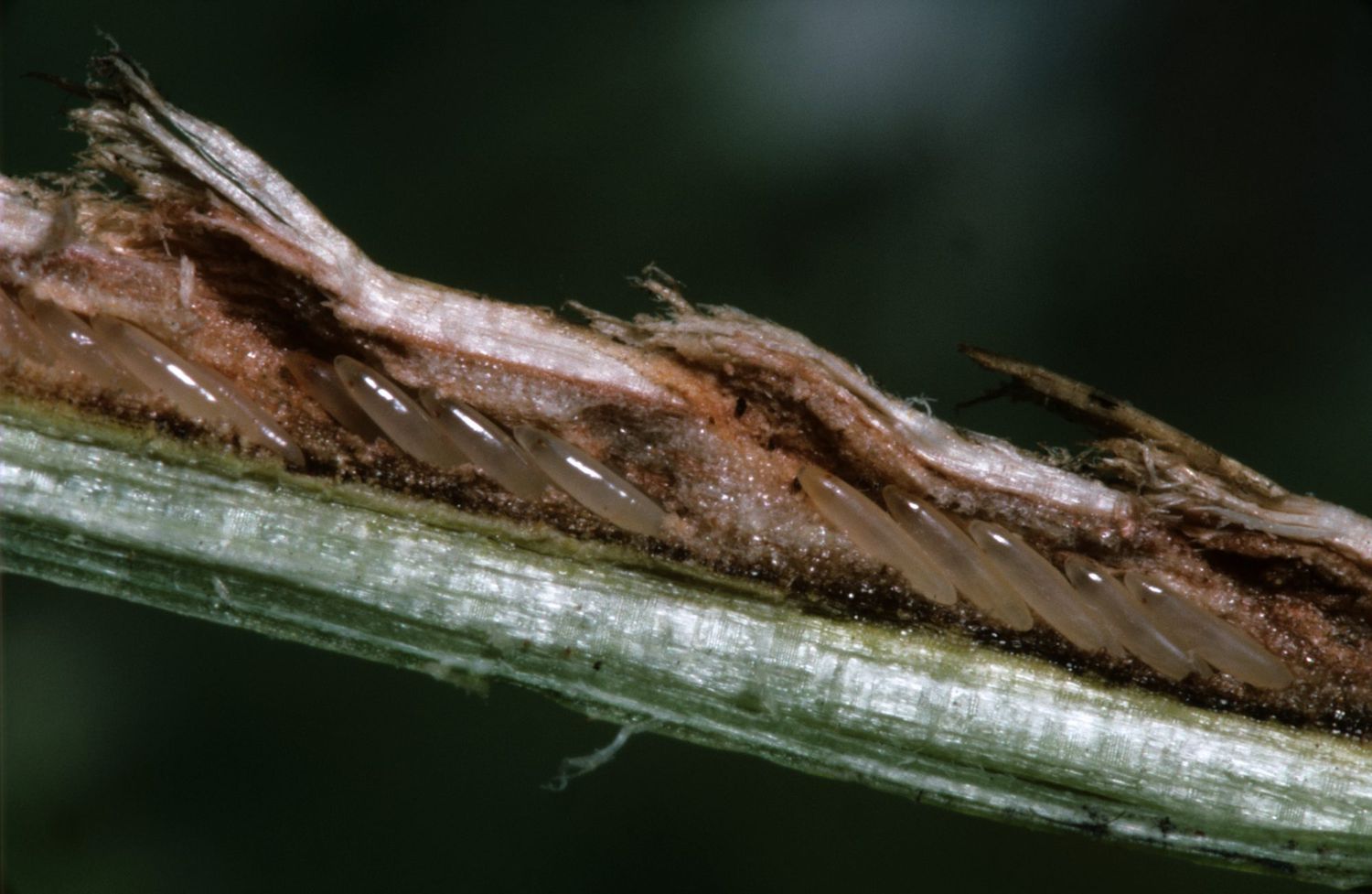While the adult cicadas die off following a six-week frenzy of eating, mating, and general pandemonium, the next generation waits behind them. When they get into their adult stage, experts say you still have the egg-hatching stage to look forward to.
After about six weeks of incubating inside the woody branches where their mothers laid them, the cicada nymphs hatch and fall to the ground. Then they burrow into the soil to feed on the sap of tree roots for the next 17 years.
Then, when that nearly two-decade timespan is up, millions of baby cicadas fall out of trees.
Before you start panicking, biologist Dr. John Lill of George Washington University told WUSA9 that there’s nothing to worry about. In fact, most people don’t even notice the insects which this happens. He described the insects as «smaller than an ant» at that point.
«They’re not going to harm people,» Lill told the station. «You’d have to look really closely to even see them.»
Phew.
According to University of Maryland Extension, cicada nymphs come out of the ground «at the end of April to the beginning of May.» One week later they lay eggs, and those eggs hatch in six weeks, typically from June through July, depending on location. In parts of the United States where Brood X emerged earlier this summer, changing tree colors are beginning to signal the final chapter in this periodical phenomenon.

Branch dieback, also known as «flagging,» is a tree’s response to having eggs deposited inside its branches. This condition causes leaves to change color and branches to split and break.
«This damage is not serious,» the University of Maryland Extension notes. «The trees will easily replace branches that have been broken or «pruned» by cicadas.»
Mother Nature never ceases to amaze us.